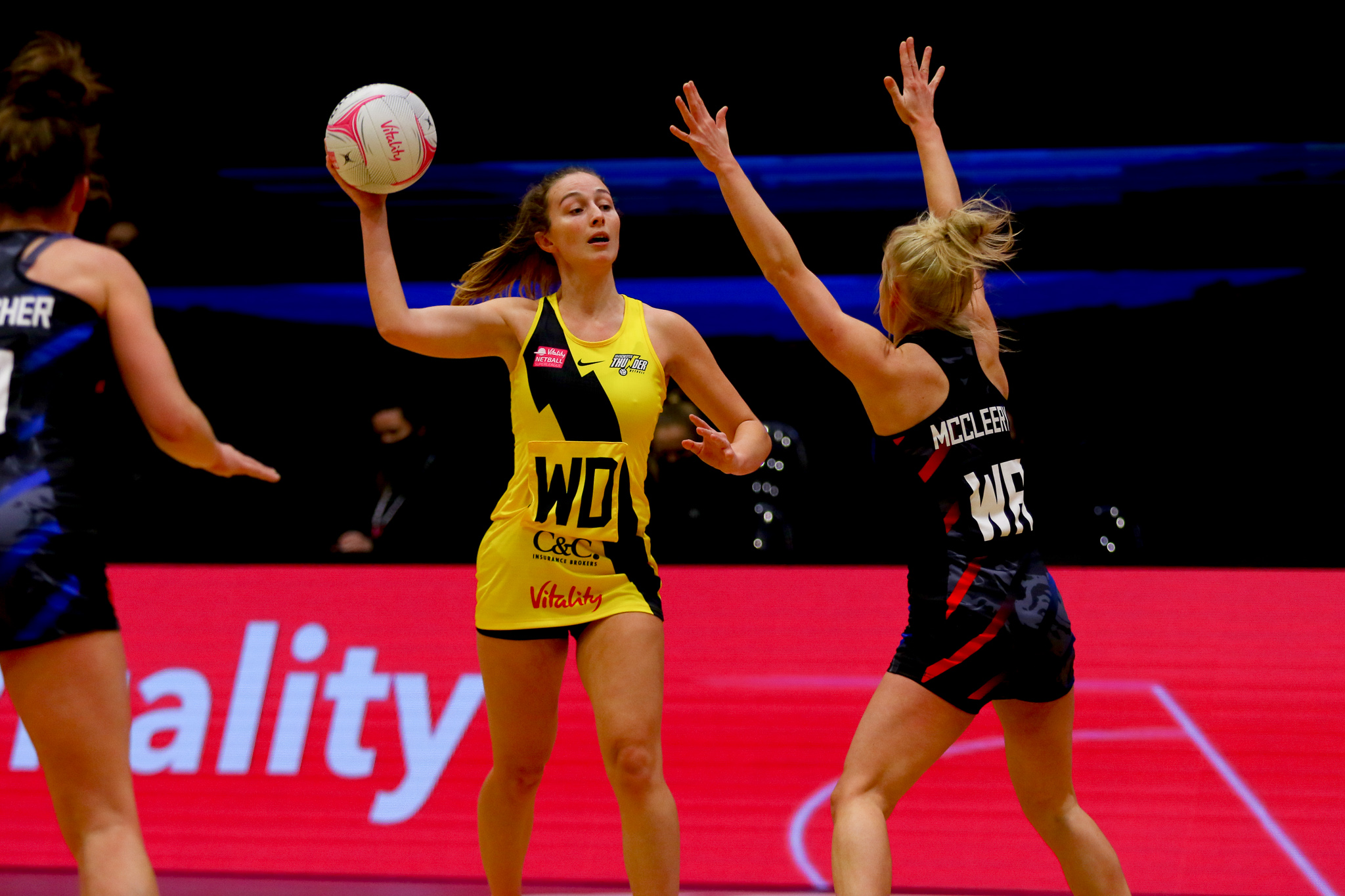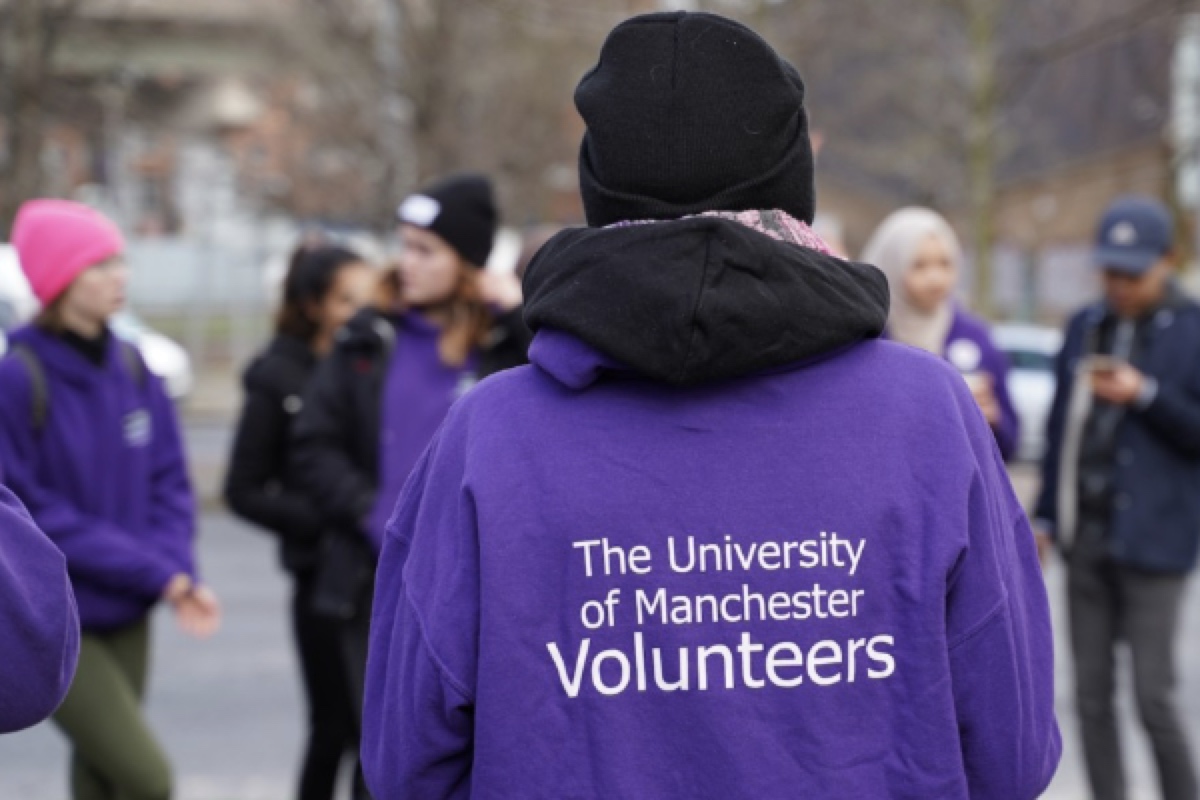Training tips for the Puplewave 10K
As your training progresses and you focus on your goal, it’s essential to begin contemplating your pathway to success. Here are some guidelines we’ve compiled to aid you in preparing for the big day.
Walking or wheeling the 10K
Considering taking on a 10K walking challenge? It’s an admirable endeavour. Here’s a comprehensive look at what to keep in mind:
- Distance: A 10K walk covers approximately 6.2 miles, providing a substantial yet achievable milestone to strive for. It’s a distance that offers a satisfying challenge without being overwhelmingly daunting.
- Time: Typically, completing a 10K walk takes approximately 2 hours. However, it’s essential to emphasise that there’s no strict time limit for completing this distance. You can take as long as you need, allowing you to pace yourself according to your comfort, fitness level and ability.
- Races: Many organised 10K events warmly welcome walkers alongside runners. These events embrace inclusivity, encouraging participants to enjoy the experience regardless of their walking pace. Whether you’re aiming to finish quickly or take your time to enjoy the journey, there’s a place for you in these races.
To prepare effectively, consider following a structured training plan spanning around 10 weeks. Such a plan gradually increases your walking duration and intensity, helping you build endurance and confidence as you progress. Remember to prioritise rest and recovery, as these are crucial components of any successful training programme.
Mastering the 10K Training Tips for Success
Are you ready to conquer the 10K? Whether you’re a beginner or an experienced runner aiming for a personal record, mastering the 10K distance requires proper training and race day strategies. Here are some valuable tips to help you prepare for and excel in your next 10K race:
Understanding the Distance
The 10K, equivalent to 6.2 miles, is a popular choice among runners, offering a balanced challenge for both novices and regular runners.
Beginner Training Tips
Build Endurance: Gradually increase your long run distance and weekly mileage to prepare mentally and physically for the 10K challenge. Top tip: Remember, never increase mileage by more than 10 per cent in a week (and 3 to 5 percent if you’ve never run higher mileage before).
Pick up the pace: Incorporating one or two speed work sessions into your weekly training plan will improve your overall pace and running efficiency. For more information on speed work and why it is beneficial, visit here.
Weekly mileage: Keep your easy runs EASY. One of the biggest mistakes runners make when training for long distances for the first time is doing their easy and long runs too fast. There are many reasons why this hurts your training—from increasing your risk of injury to depriving yourself of the recovery needed for optimal performance.
Rest and recovery: Without rest days, all you’ve done is break down your body without gaining any benefits. Taking a rest day allows your body to absorb the training, adapt to the stress, and grow stronger than before.
Stretching: Stretching keeps the muscles flexible, strong, and healthy, and we need that flexibility to maintain a range of motion in the joints. Stretching before and after you run will help loosen up the body and help decrease the chances of injury. For more information visit here.
Experienced runner strategies
Respect the Distance: Recognise the intensity of racing a 10K and mentally prepare yourself for the discomfort that comes with pushing your limits.
Practice Race Pace: Dedicate specific training sessions to simulate race conditions and home in on your target pace.
By integrating these training and racing tips into your preparation, you’ll be well-equipped to tackle the 10K distance with confidence and achieve your personal best.
Your training guides
Boost your confidence and access our training guides today! Whether you’re aiming for a 10k, half marathon, 10 mile, or 5k, our tailored plans will help you achieve your goals and feel unstoppable on race day.
Route maps
Find out more about the route maps and you’ll know exactly what to expect.
Volunteering for Purple Wave events
We are looking for cheer point managers, general volunteers and cheerers, and people to help with set up and breakdown. All opportunities to volunteer can be seen and joined here.




